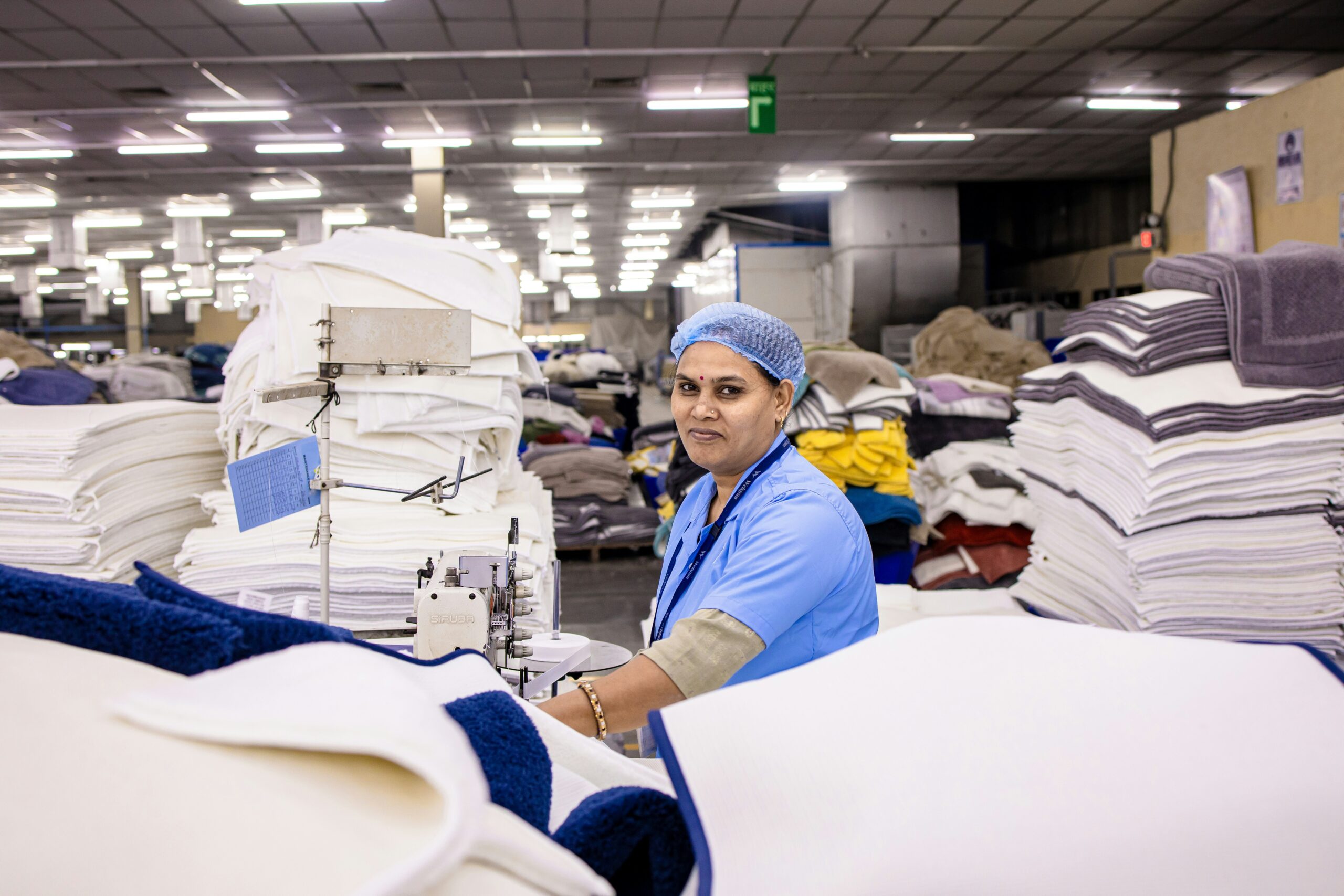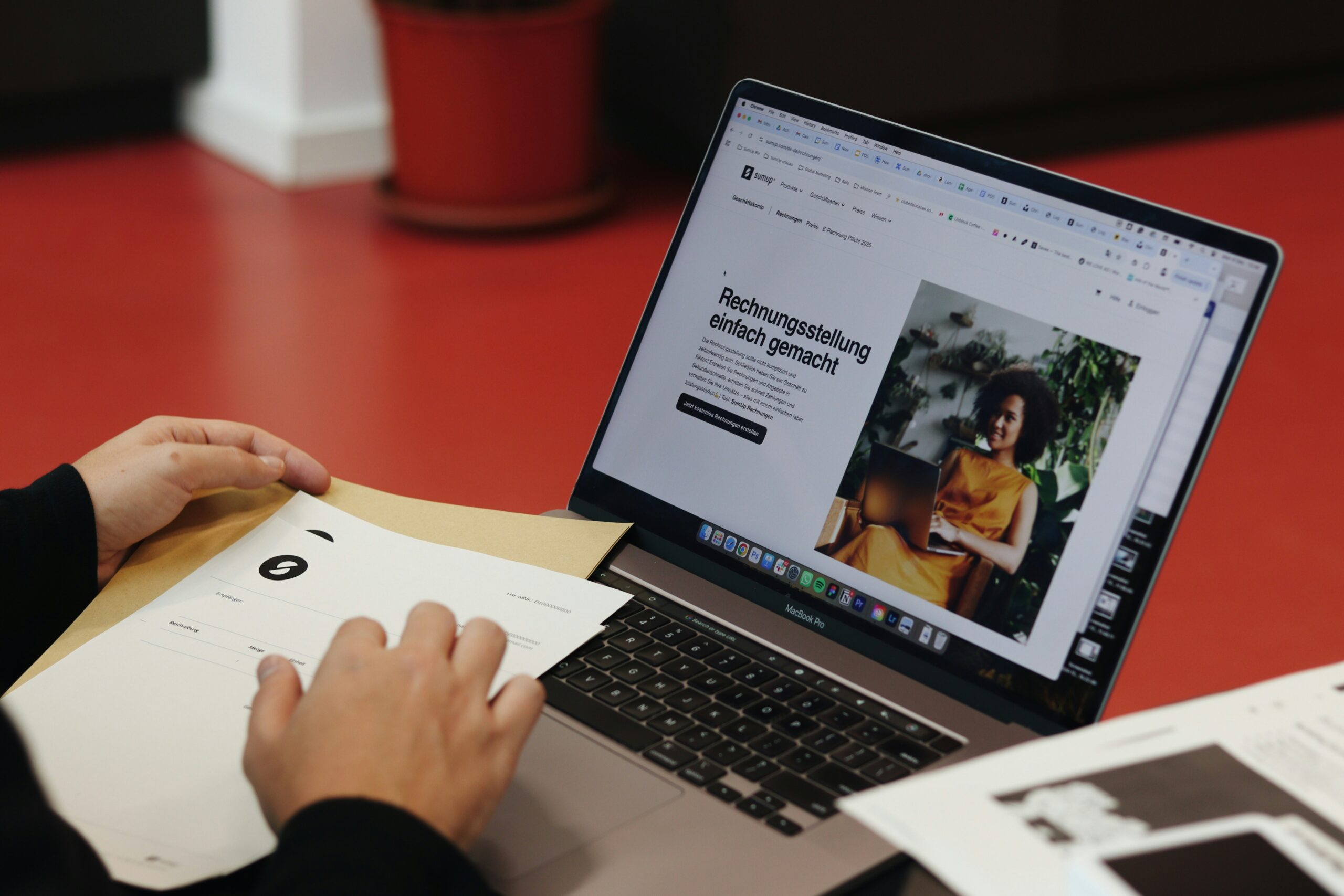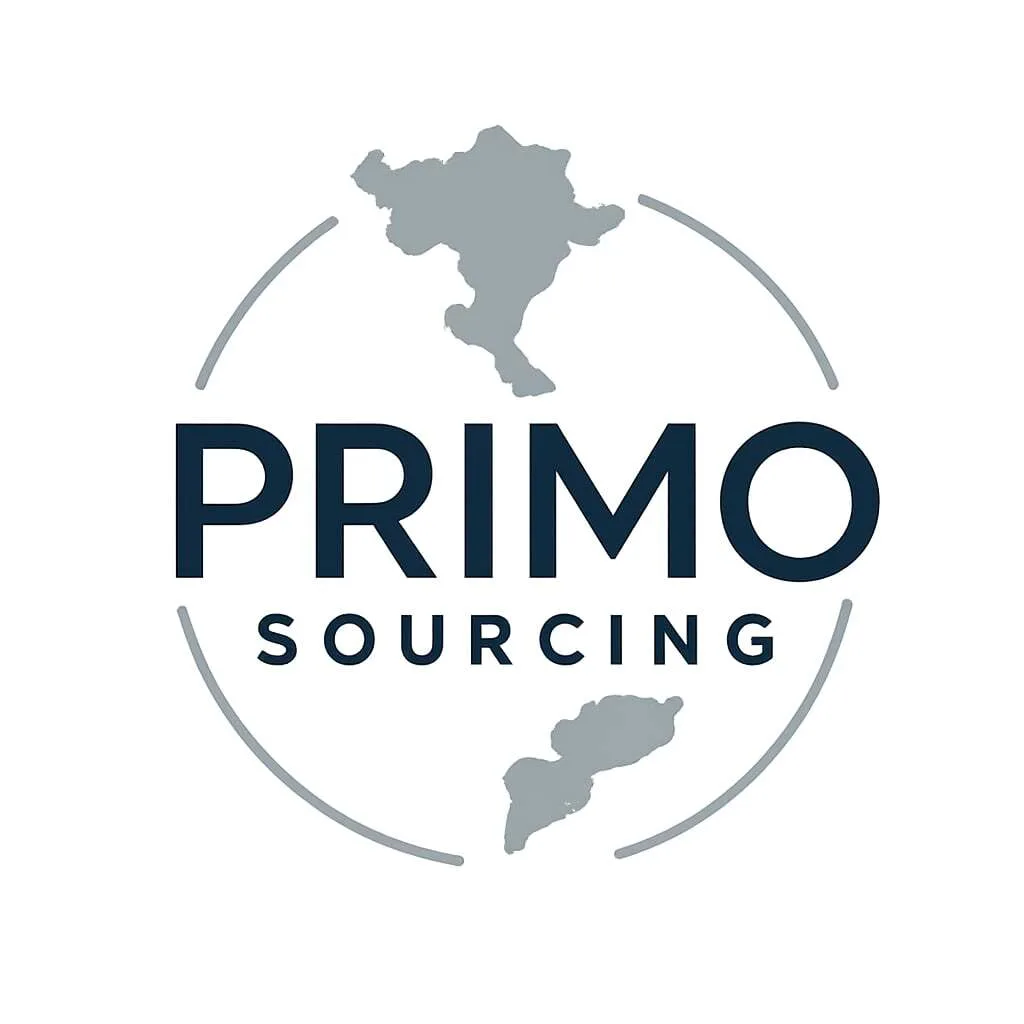Vietnam’s textile sector is experiencing a robust rebound in mid‑2025. As global demand recovers post-pandemic, the country has solidified its position as a leading source of apparel supply. With proven export performance, escalating factory modernization, and a growing focus on sustainability, Vietnam’s textile industry presents timely opportunities for international buyers searching for reliable, competitive sourcing partners.
Recovery Trends in Vietnam’s Textile Industry
Export Growth & Order Flow
In 2024, textile and garment exports surged to $44 billion (–11.3% YoY), securing Vietnam’s rank as the world’s second-largest apparel exporter after China.
The momentum continued into early 2025: many factories secured orders through Q1 and are negotiating for Q2 onward.
Vietnam is targeting $48 billion in exports by year-end (≈10–12% growth).
Regional Diversification & Buyer Shifts
With political unrest in Bangladesh in late 2024, buyers redirected orders to Vietnam—especially for spring and summer collections.
Vietnam’s strong trade ties—as secured through FTAs like CPTPP and EVFTA—continue to diversify export markets globally.
Factory Modernization & Sustainability
Major apparel groups (e.g., Vinatex, Hoa Tho, Phong Phu) report full 2024 order books and boosting automation, digital management, and green practices to reduce costs and meet compliance.
Notable projects include H&M/Syre investing $1 billion in a circular fiber facility in Binh Dinh, promoting high-tech sustainable manufacturing.

Key Challenges and Adaptations
Cost Pressures
Rising energy expenses and labor costs—electricity alone represents ~30% of yarn production costs—remain a challenge .
Competitive pressure from low-cost producers like Bangladesh (with wages ~⅓ of Vietnam’s) affects pricing strategy .
Raw Material Dependencies
Dependence on imported inputs from China limits local value addition. Suppliers are responding by integrating forward into polyester recycling or vertical dyeing/weaving .
Quality & Green Standards
Export buyers increasingly require sustainability certifications and traceability. Many Vietnamese firms are investing accordingly to maintain price stability and market access.
New Growth Drivers for Vietnam’s Textile Industry
Diversification Beyond China
Vietnam’s appeal as a supply base grows as brands seek alternatives to China—bolstered by strong FTA coverage and proven delivery stability .
High-Value & Green Fabrics
Demand is increasing for eco‑fabrics, sportswear, and customized clothing—segments where Vietnam’s factories are actively investing capacity and certification
Automation & Tech Advancements
Factories are adopting AI, lean processes, and specialty machinery (e.g., automated sewing machines, automated conveyor systems) to improve speed, precision, and flexibility.
Buyer’s Guide: Sourcing from Vietnam in 2025

Evaluating Vietnam Apparel Manufacturers
Assess production capacity, certifications (e.g., OEKO-TEX, GOTS), digital maturity, and green initiatives.
Prefer factories with integrated capabilities (yarn → fabric → garment).
Large-scale vs Boutique Choices
Large facilities (e.g., Vinatex, Hoa Tho) suit high-volume needs.
Smaller, niche manufacturers excel in flexible, custom, or sustainable products.
Finding the Right Partners
Use platforms like VITAS, Fibre2Fashion, VinMake; attend textile exhibitions in Ho Chi Minh City, Hanoi, and Binh Dinh.
Leverage local agents and sourcing offices to streamline vetting and negotiation.
Smart Sourcing Tips
Lock in orders early (many are filled into Q2 and beyond).
Build buffer into lead times for certification and sustainability compliance.
Stay agile to sector shifts (e.g., from China, Bangladesh).
Vietnam’s textile sector is firmly on a recovery trajectory—driven by expanding exports, modernization, and sustainable investments. For international buyers, this offers fertile ground to source from capable Vietnam apparel manufacturers and Vietnam clothing manufacturers. While cost competition and compliance remain, those who engage strategically can benefit from superior quality, compliance readiness, and long-term partnership in one of Asia’s fastest-growing textile powerhouses.
For more sourcing tips:

